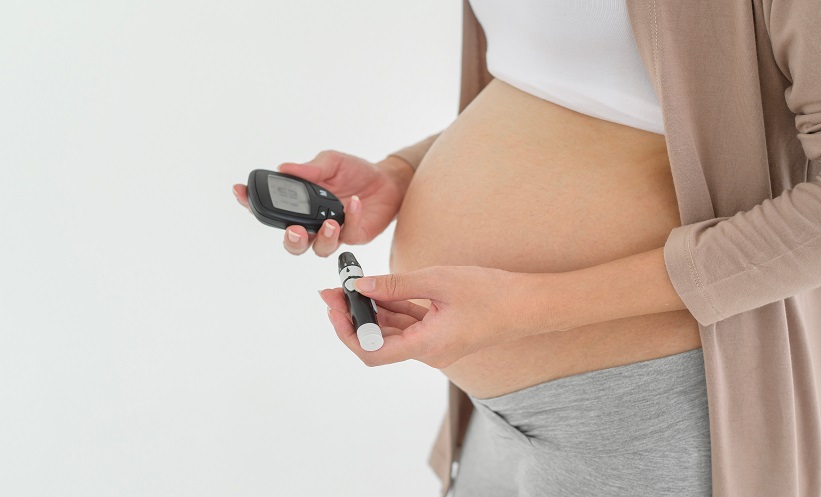SMART insulin technologies, in the form of the newly developed ‘smart cell patch’ could represent a future solution for the treatment of patients with Type 1 and advanced Type 2 diabetes.
Affecting >387 million people worldwide, diabetes embodies a huge and growing global disease burden. Mismanaged regulation of blood sugar may have severe consequences including blindness, limb loss, cardiovascular disease, diabetic coma, and even death. Unsurprisingly, improving management of diabetes is a research priority worldwide, with methods ranging from the development of new drugs to the development of human beta cell transplantation.
Despite the successes in human beta cell transplantation of the 1990s and the research that followed, this procedure still carries a large risk of rejection. Furthermore, side effects related to immunosuppressive therapies, which interfere with beta cell and insulin activity, continue to plague the treatment. To combat this, researchers developed the ‘smart cell patch’, the younger sibling of the ‘smart insulin patch’.
The smart insulin and smart cell patches are small, thin polymeric squares made from natural materials and covered in microneedles of similar size to an eyelash. These microneedles poke into the capillaries and blood vessels forming a connection between the internal environments and external cells. While the smart insulin patch utilised artificial ‘bubbles’ of insulin, the new patch integrates the needles with live beta cell microcapsules made from biocompatible alginate; bolstered by ‘glucose-signal amplifiers’, the cells communicate with the body and help to regulate rising blood sugar levels when necessary.
In a small murine study, researchers demonstrated that the patch could respond quickly to increasing blood sugar levels, lowering them for ≥10 hours at a time. Furthering this, the researchers applied a second patch to the mice, finding that this extended the treatment to 20 hours without risk of hypoglycaemia.
“This study provides a potential solution to the tough problem of rejection, which has long plagued studies on pancreatic cell transplants for diabetes” said Dr Zhen Gu, Assistant Professor, Department of Biomedical Engineering, University of North Carolina, Chapel Hill and North Caroline State University, Raleigh, North Carolina, USA. Further tests are required before human clinical trials but the researchers are hopeful that the patch could provide a safer, less cumbersome alternative treatment option for patients.
(Image: freeimages.com)






